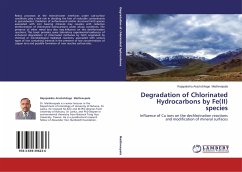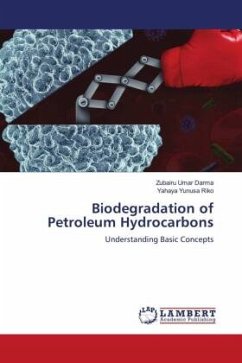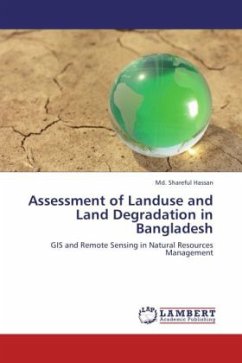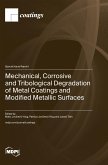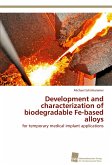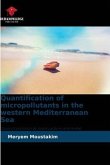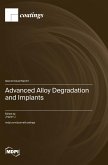Redox processes at the mineral-water interfaces under sub-surface conditions play a vital role in deciding the fate of reducible contaminants in groundwater. Oxidation of surfae-bound and/or structural Fe(II) species associated with iron bearing minerals may couples with reductive dechlorination of chlorinated hydrocarbons under anoxic conditions. The presence of other metal ions also may influence on this dechlorination reactions. This book provides some laboratory experimental evidences of enhanced degradation of chlorinated methanes by Fe(II) originated by chemical or microbiological mediated reactions, associated with various types of iron containing minerals in the presence of low concentrations of copper ions and possible formation of new reactive surface-sites.
Bitte wählen Sie Ihr Anliegen aus.
Rechnungen
Retourenschein anfordern
Bestellstatus
Storno

